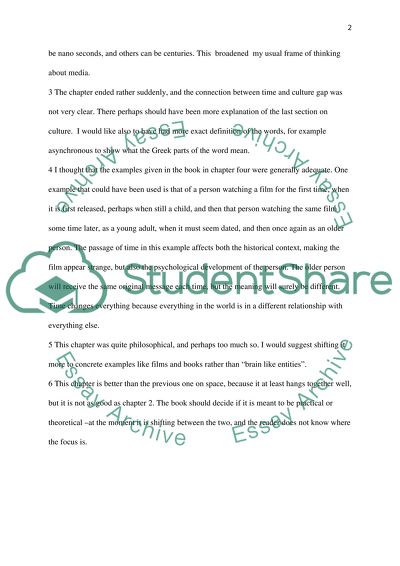Critique on chapter 4 Essay Example | Topics and Well Written Essays - 500 words. Retrieved from https://studentshare.org/journalism-communication/1583309-critique-on-chapter-4
Critique on Chapter 4 Essay Example | Topics and Well Written Essays - 500 Words. https://studentshare.org/journalism-communication/1583309-critique-on-chapter-4.


